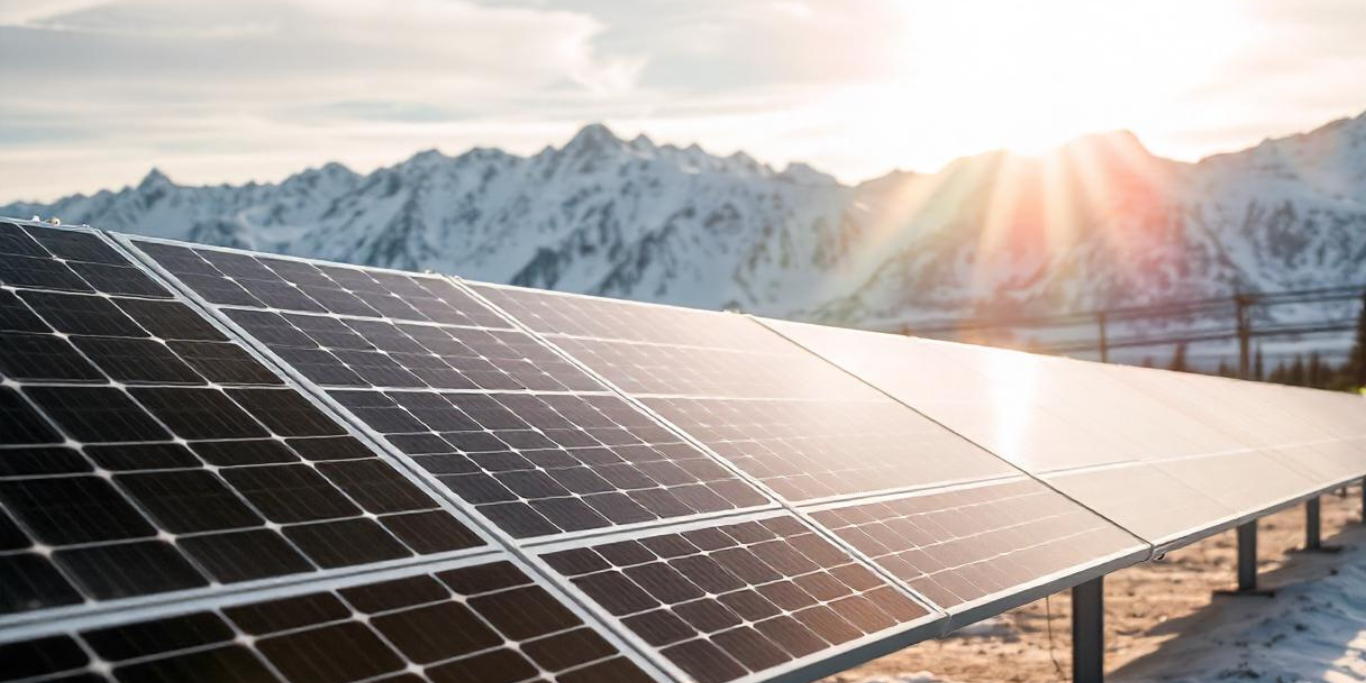Solar Energy in Alaska: Is It a Viable Option?
As renewable energy gains traction worldwide, many wonder if solar energy in Alaska is a practical and effective solution. Given the state’s long winters and limited sunlight during certain seasons, it might seem counterintuitive to invest in solar power. However, advances in technology and strategic implementation have made solar power in Alaska an increasingly attractive option. In this article, we will explore the viability of solar energy in Alaska, its benefits, challenges, and how homeowners and businesses can take advantage of it.
The Reality of Solar Energy in Alaska
How Does Solar Energy Work in Alaska?
Despite Alaska’s reputation for cold, dark winters, the state also experiences long summer days with extended sunlight hours. During the summer months, some areas receive nearly 24 hours of daylight, providing excellent conditions for solar power generation. Additionally, solar panels in Alaska can still generate electricity during cloudy conditions, as modern photovoltaic technology captures diffuse sunlight.
The Best Locations for Solar Power in Alaska
Certain regions in Alaska are better suited for solar energy than others. The southern and central parts of the state, including Anchorage, Fairbanks, and Juneau, receive more annual sunlight compared to northern regions. These areas are ideal for residential and commercial solar panel installations in Alaska.
Benefits of Solar Energy in Alaska
Lower Energy Costs
Alaska has some of the highest electricity costs in the United States, especially in remote communities that rely on diesel generators. By installing solar panels in Alaska, homeowners and businesses can reduce dependence on expensive fuel sources, leading to significant long-term savings.
Sustainability and Environmental Benefits
Switching to renewable energy in Alaska helps decrease reliance on fossil fuels, reducing carbon emissions and promoting environmental sustainability. As the effects of climate change become more evident, investing in clean energy sources like solar power in Alaska is crucial for a greener future.
Incentives and Financial Support
There are various financial incentives available for those looking to install solar energy systems in Alaska. Some of the most notable include:
- Federal Investment Tax Credit (ITC): Allows homeowners and businesses to deduct a percentage of their solar installation costs from their federal taxes.
- State and Local Incentives: Various grants and rebates can help offset the initial costs of installing solar panels in Alaska.
- Net Metering Programs: Certain utilities allow solar panel owners to sell excess electricity back to the grid, reducing overall energy bills.
Challenges of Solar Energy in Alaska
Seasonal Sunlight Variability
One of the biggest challenges of solar energy in Alaska is the extreme variation in daylight hours. While summers provide ample sunlight, winters can have little to no direct sunlight, particularly in northern regions. To combat this, many users pair solar power in Alaska with battery storage solutions to store excess energy generated during the summer.
Cold Weather and Snow Accumulation
While solar panels perform well in cold temperatures, snow accumulation can temporarily reduce energy production. However, most solar panel installations in Alaska are designed with steep angles to help snow slide off, ensuring efficiency even in winter months.
How to Get Started with Solar Energy in Alaska
Choosing the Right Solar System
Selecting the appropriate solar energy system in Alaska depends on factors such as location, energy consumption, and budget. It is recommended to work with experienced solar providers who understand the unique challenges and benefits of solar power in Alaska.
Finding a Reliable Solar Provider
Working with a reputable solar company ensures proper installation and maximized efficiency. If you’re considering solar panel installation in Alaska, check out our services here to find the best options for your energy needs.
Integrating Battery Storage
To make the most of solar energy in Alaska, homeowners and businesses should consider integrating battery storage solutions. These systems store excess energy generated during sunny months, providing reliable power during the darker winter season.
How Do Solar Panels Work?
Understanding how solar panels function is essential for those considering solar energy in Alaska. Solar panels convert sunlight into electricity using photovoltaic cells, which capture solar radiation and transform it into usable energy. To learn more about the process, check out our detailed guide on how solar panels work. Dont
Conclusion: Is Solar Energy Worth It in Alaska?
Despite its challenges, solar energy in Alaska is a viable and increasingly popular option for homeowners and businesses. With high electricity costs, growing environmental concerns, and technological advancements, investing in solar power in Alaska can lead to long-term savings and a more sustainable future.
Are you ready to explore how solar panels in Alaska can work for you? Contact us here to get started and visit our blog for more insights on renewable energy solutions.










